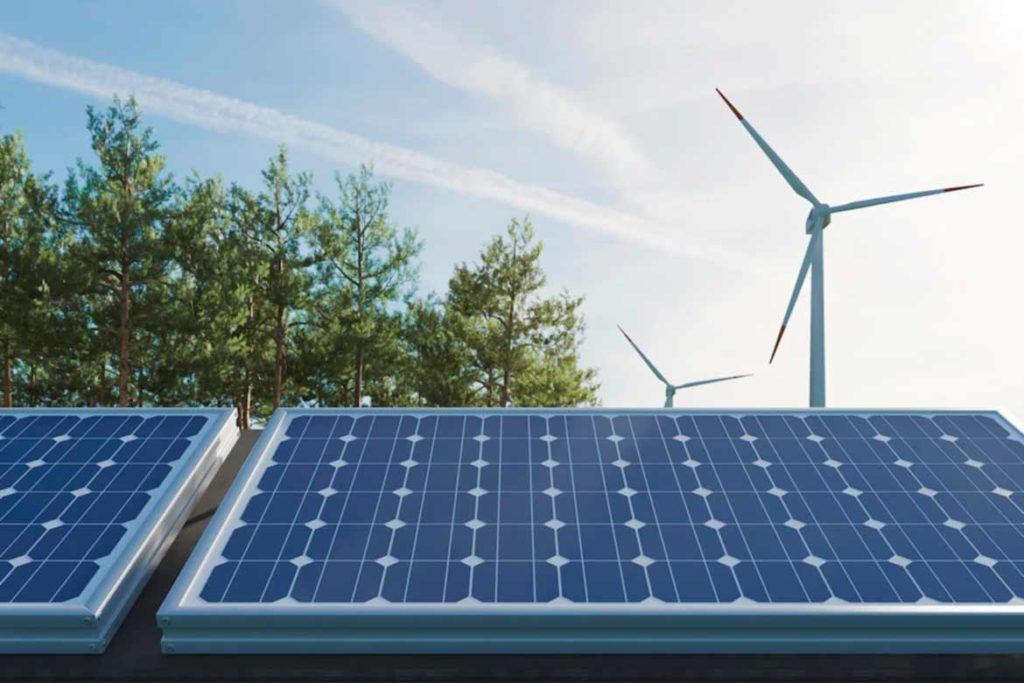In the next years, recyclers may be able to remove components from used solar panels that are worth billions of dollars, according to a new estimate published. This should ease solar panel supply chain restrictions and increase the sustainability of the panels themselves.
The bulk of inoperable solar panels in the world are currently just destroyed or disposed of in landfills. Simply said, recycling is not economically viable. The value of a salvaged panel hasn’t been enough to cover the cost of transporting and recycling it. This creates a problem of waste as well as loss of valuable minerals.
Potential in solar energy:

Just 3% or so of the world’s electricity is now generated via solar energy. However, a significant shift is currently under place to increase the availability of renewable energy in the global energy grid. In order to keep the negative effects of climate change at a more manageable level, the Paris climate agreement compels nations to cooperate in order to stop releasing greenhouse gas emissions from burning fossil fuels over the course of the ensuing several decades. To do that, solar power may provide up to 40% of the world’s energy. In most of the world, solar power is currently a more cost-effective source of electricity than coal or gas, which is also beneficial.
Why recycling is needed?
Even so, there are some clouds in the otherwise brilliant solar energy forecast. We need more supplies in order to construct more solar panels. The mining and processing of such resources currently takes place mostly in a few nations. As a result, the solar industry’s supply chain is now very susceptible to errors and fraud.
Human rights violations that occurred when the raw materials for solar panels were being mined have been documented by the organisation Business & Human Rights Resource Centre. Additionally, the energy-intensive process that produces the polysilicon used in solar panels has been linked to forced labour. Sanctions have been placed on several Chinese-made solar products as a result of these revelations.
Recycling will help those supply networks become more diverse. Additionally, it might minimise the harm mining causes to the environment, the health of its workers, and the wellbeing of surrounding people.
Current status of recycling:

Read more: Robofish! A solution to marine plastic pollution
More components utilised to create new solar panels in the future are probably going to be recycled solar panels. The recyclable materials that may be sold for the most money are recovered silver, polysilicon, copper, and aluminum. Sadly, with today’s recycling techniques, silver and solar-grade silicon are typically not separated out. Along with the remainder of the panel, it is frequently shredded and sold as crushed glass. Fortunately, new studies on how to reclaim the most valuable materials inside photovoltaic panels suggest that recycling will soon become viable and save millions.

